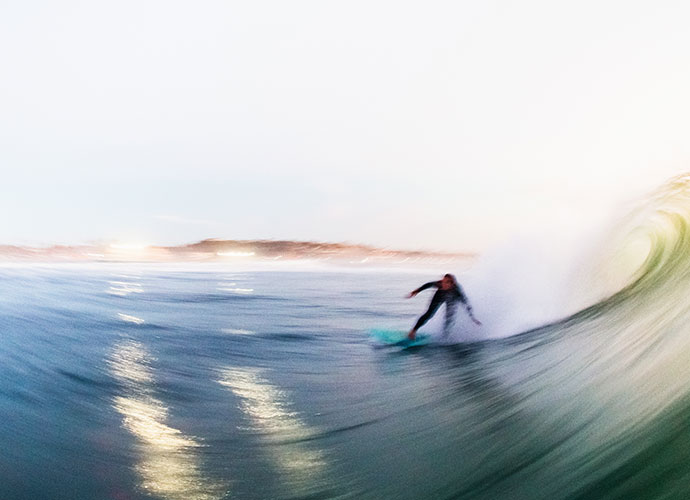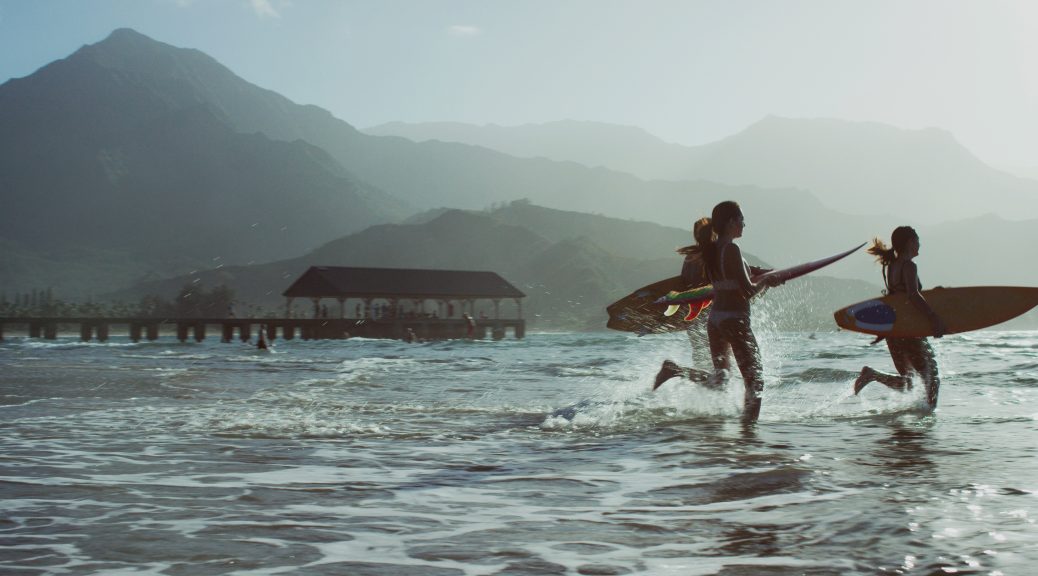I love to surf events. I love to travel. The great thing about these 2 loves is that they go hand in hand. I’ve gone a little bit further than most people though, and made these passions my life. I moved to Australia’s Gold Coast and set up a surfboard rental company that endeavours to bring together, all the services the traveling surfer needs.
The business is based around a long term surfboard rental concept which includes services such as delivery and pickup. This part is great. I make sure I deliver as many boards as I can as it affords me the luxury of chatting to my clients about the passions we share. Usually these conversations are packed with useful tips about the services they’d like to see next year. So I try to listen, improve my business and provide them with those services when they return.
“I wish I was a little bit fitter for this holiday”, so many of my clients tell me when returning their surfboards. This is the number 1 desire of the travelling surfers who use my services. The want a higher level of surfing fitness for their holidays. It makes sense really. When you go on a surfing trip, you end up surfing 2 – 3 times a day, which will probably equates to 4 – 6 hours a day in the water. This you do consistently over a period of 5 – 10 days. It is a lot of surfing. No matter how much you surf at home, you will be surfing more when on holiday.
So how can we condition ourselves for a surfing holiday. (Ie. When on holiday, you will spend much more time in the water paddling than you will at home, your fitness needs to be much higher) In this article we will look at a 3 point plan. The first 2 points should be part of your commitment to general fitness, the last will be to give your fitness a quick boost before your holiday.
The first thing you need to take care of is your general level of endurance. You need to be fit enough to go hard for 10 – 15 minutes minimum, as often this is the minimum paddling requirement for getting through the breakers and out the back.
This requirement needs to be specific to the water though. You need to be water fit. Endurance in the water is so different to endurance on land. Moving through the water is almost a feeling, an art. The worse your feel for the water is, the more energy you’ll burn up when you take to it.
So you really need to get into the water for some form of exercise at least twice a week. This could mean swimming with a swim squad at your local pool, surfing your local break, or do what I did and join the local surf lifesavers. Their training sessions have me in the water all the time. You need to view this as a life commitment (training in the water that is). Get into the water twice a week for the rest of your life, thats the only way you’ll build and maintain water specific endurance.
The second key is flexibility and core strength. These two facets can not be developed quickly, they must be developed over the long term. And by long term, I mean years. So don’t put this off. Start working on your flexibility and core strength today. I know, the exercises can be boring, but it all pays off on the waves.
There is one thing I do to take care of my core strength and flexibility. Yoga. Yoga is so good in this regard for surfers, its almost as if yoga was invented for surfing. My suggestion, get yourself a yoga for surfing dvd and do the program twice a week. Its a little bit cheaper than going to the yoga clinic twice a week anyway.
Also, even the simple act of paddling requires you to over-arch your back, creating a distortion in the development of your back muscles. Yoga sorts all these types of issues out, as well as conditioning your body. My advice, get yourself a surf specific yoga DVD and do it 2 or 3 times a week.
If you take care of the two items above (Ie water fitness and flexibility/core strength) you can give your surfing fitness a real booster by doing a functional training program specific to surfing. The point of functional training is it focuses in on the specific muscle and fitness requirements of a sport (in this case surfing) and trains those muscles in accordance with the needs of the sport.
To embellish, you’re reasonably fit and flexible because of the healthy outdoors lifestyle you lead. However, in recognising the additional load the surfing holiday is going to put on your body, you give it a short and sharp boost right where it needs it, so you can cope better and recover quicker from any session in the water. Which is exactly what you want on holiday as your next session is only hours away.
I hope this helps you prepare for your next surfing trip where ever it may be. We all know training can sometimes be a bit of a drag, just remember how much more fun those surfing days are when the waves, your skill and your body all come together at the same time, so you can catch that elusive perfect wave.
Damian Papworth is the owner of Gold Coast Surfboards [http://www.goldcoastsurfboards.com.au], a company that finds services for travelling surfers’ requirements. From board hire to surfing fitness [http://www.goldcoastsurfboards.com.au/surfing_fitness.html], they’ll sort it out for you. Learn more about using the app for surfing on your mobile.
Article Source: http://EzineArticles.com/expert/Damian_Papworth/343700
Article Source: http://EzineArticles.com/2441003


